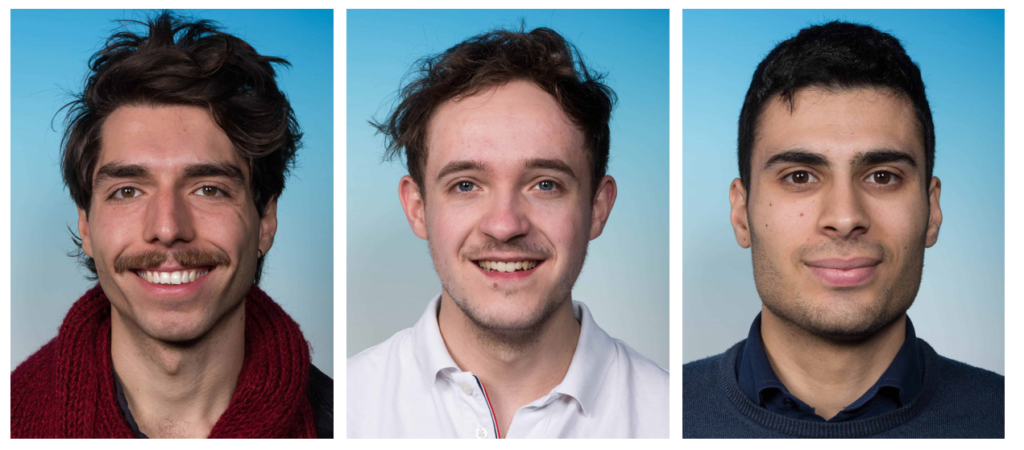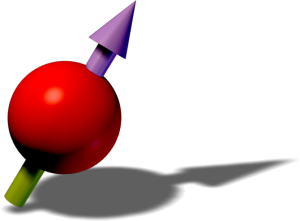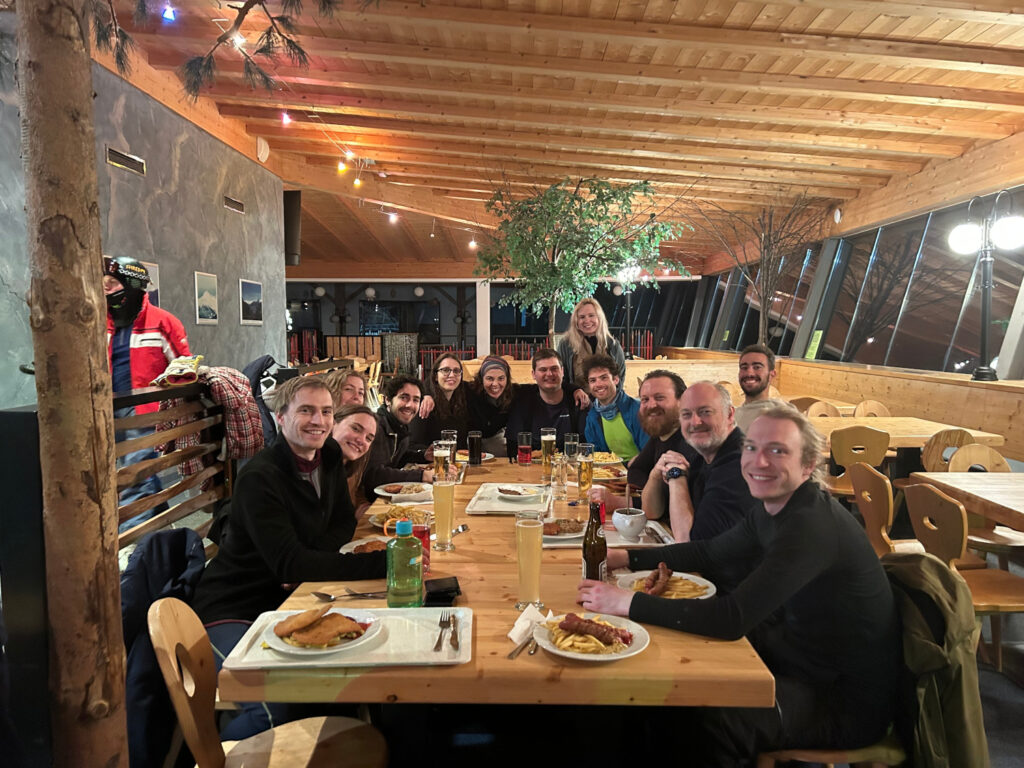
At the beginning of March, we welcomed three Masters’ interns to the 3 experimental labs! Rémy Dolbeault, Julius Franze and Marco Lucibello will be working in the Erbium, Er-Dy and T-REQS labs respectively for the next few months.
Rémy was born the 19th of March 2001 in Paris, and went to Lyon for his studies. He discovered the cold atom field thanks to a talk given at the school which completely caught his attention. He then went to Florence, Italy to do a 1st Master internship on vortices in the BEC-BCS crossover in Li-6, which confirmed his interest in this field of Physics. For the 2nd Master’s intership, he will spend five months in the Erbium Lab working on superradiance and superresolution.
Julius born on the 10th of January 2003 in Dessau-Roßlau, Germany. He did his Bachelors at Leipzig University with a focus on Plasma physics, and will now work with the Erbium-Dysprosium Lab for his internship.
Marco was born on October 13, 2001, and graduated in Physics in 2023 in Roma Tre University, with a thesis on “Entanglement and GHZ states.” He is currently enrolled at Roma Tre University for his Master’s degree, and will be working with the T-REQS Lab for his internship.
Welcome to the group Rémy, Julius and Marco!🥳





